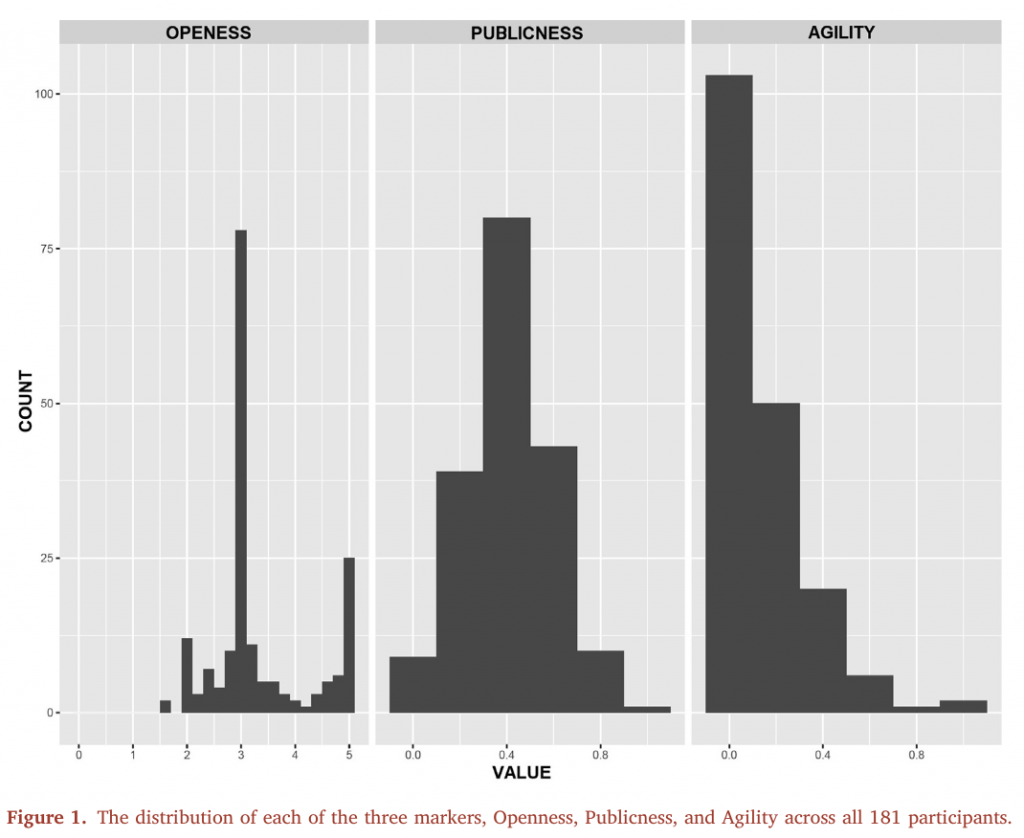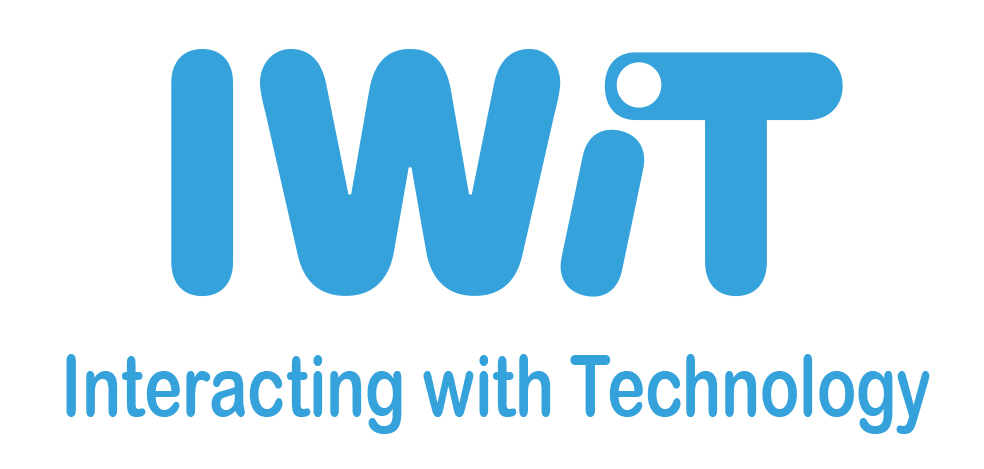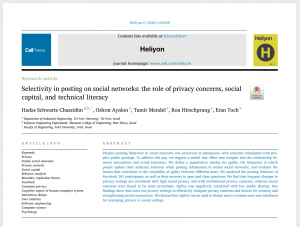A new paper by the lab was recently published: Selectivity in posting on social networks: the role of privacy concerns, social capital, and technical literacy at the Heliyon journal. The paper is a group effort led by our former postdoc, Hadas Schwartz-Chassidim, and other lab members Oshrat Ayalon, Tamir Mendel, Ron Hirschprung, and Eran Toch.
The paper can be downloaded from here.
The paper asks a very simple question: what makes people change their privacy settings on Facebook? While Facebook is a part of our lives for a decade now, there are still lots of myths about how people post on Facebook (everything is “public” is the most prevalent myth). We wanted to figure out how people actually publish and more importantly why do they sometimes public publically and sometimes to smaller circles. To do that, we have used a methodology that combined automatic analysis of people’s posts with a questionnaire about their privacy and social attitudes.
In contrast to popular belief, our result show that our participants limit the audience of their posts to friends (about 50% of the people) and to smaller sub groups (about 25% of the people). While our sample isn’t large (181 participants), these results reflect larger representative samples. To understand what drives various types of publication patterns, we have developed several quantitative markers to describe how open are people’s profiles are to the public (openness), how public their posts are (publicness), and how often they switch their audience (agility).
We show that users are more agile when they have privacy concerns, enough digital literacy, and (most importantly) a need for strengthening their connection with people they already know (known in the literature as binding social capital).



Comments are closed.